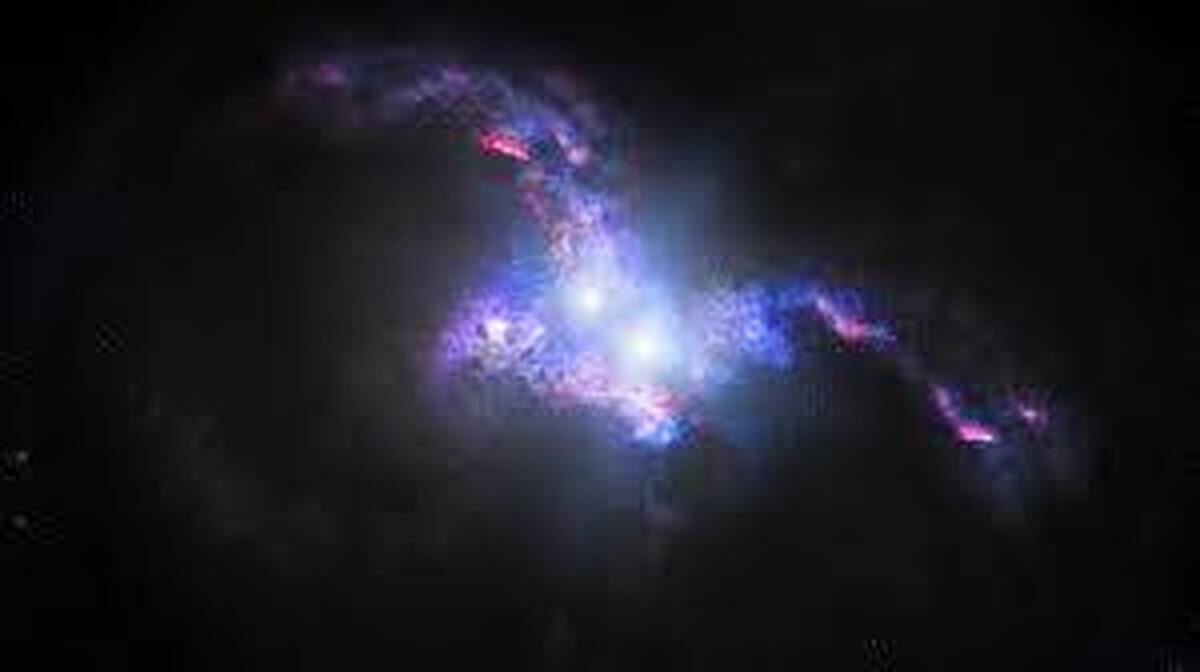Astronomers Discover Record-Breaking Twin Quasars in Early Universe

An international team of astronomers, including members from the Kavli Institute for the Physics and Mathematics of the Universe (Kavli IPMU, WPI), has discovered the earliest known pair of quasars using the Subaru Telescope and Gemini North telescope, both situated on Maunakea in Hawai’i. These quasars, powered by actively feeding supermassive black holes, emit intense radiation. This significant discovery will provide insights into the early evolution of the Universe, the Astrophysical Journal Letters reported.
About 400 million to 1 billion years after the Big Bang, something, possibly a combination of sources, unleashed enough radiation to strip the electrons from most of the hydrogen atoms, completely altering the nature of the Universe. Quasars are one potential source of the radiation that caused this “reionization” of the Universe. When matter falls into the supermassive black hole at the center of a galaxy, the matter heats up and releases radiation in a phenomenon known as a quasar.
The collision and merger of two galaxies can feed matter to the super-massive black holes, triggering quasar activity. So at a time when intense radiation was baking the entire Universe, you would expect to see many twin quasars, as quasar activity fired up in both galaxies involved in a collision. But of the approximately 300 quasars known in this era of Reionization, there were zero pairs.
Then a team of astronomers, led by Ehime University Associate Professor Yoshiki Matsuoka, and including Kavli IPMU Project Researcher Masafusa Onoue and Professor John Silverman, was looking over images taken by the Subaru Telescope and noticed a faint patch of red. “While screening images of quasar candidates I noticed two similarly and extremely red sources next to each other,” says Matsuoka, “The discovery was purely serendipitous.”
Follow-up observations with the Subaru Telescope and Gemini North telescope confirmed that the red spots are indeed twin quasars that existed only 900 million years after the Big Bang. This is the record for the earliest pair of merging quasars, and the only pair found during Reionization. The follow-up observations also revealed a bridge of gas stretching between the two galaxies, indicating that the galaxies are in fact merging. This discovery will clarify the role of galaxy mergers and black hole activity at this crucial stage in the evolution of the Universe.
4155/v





















